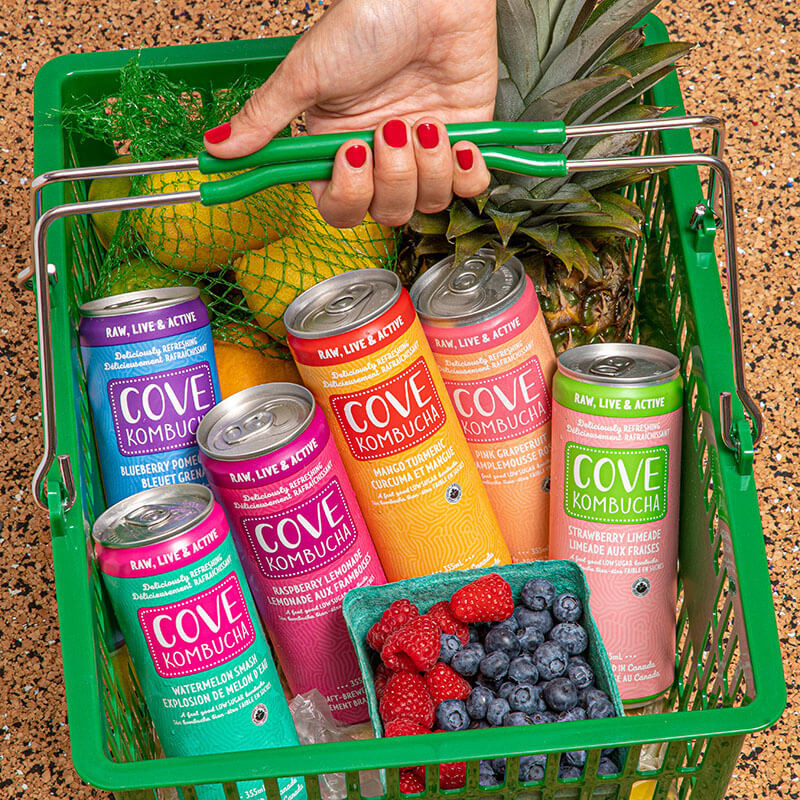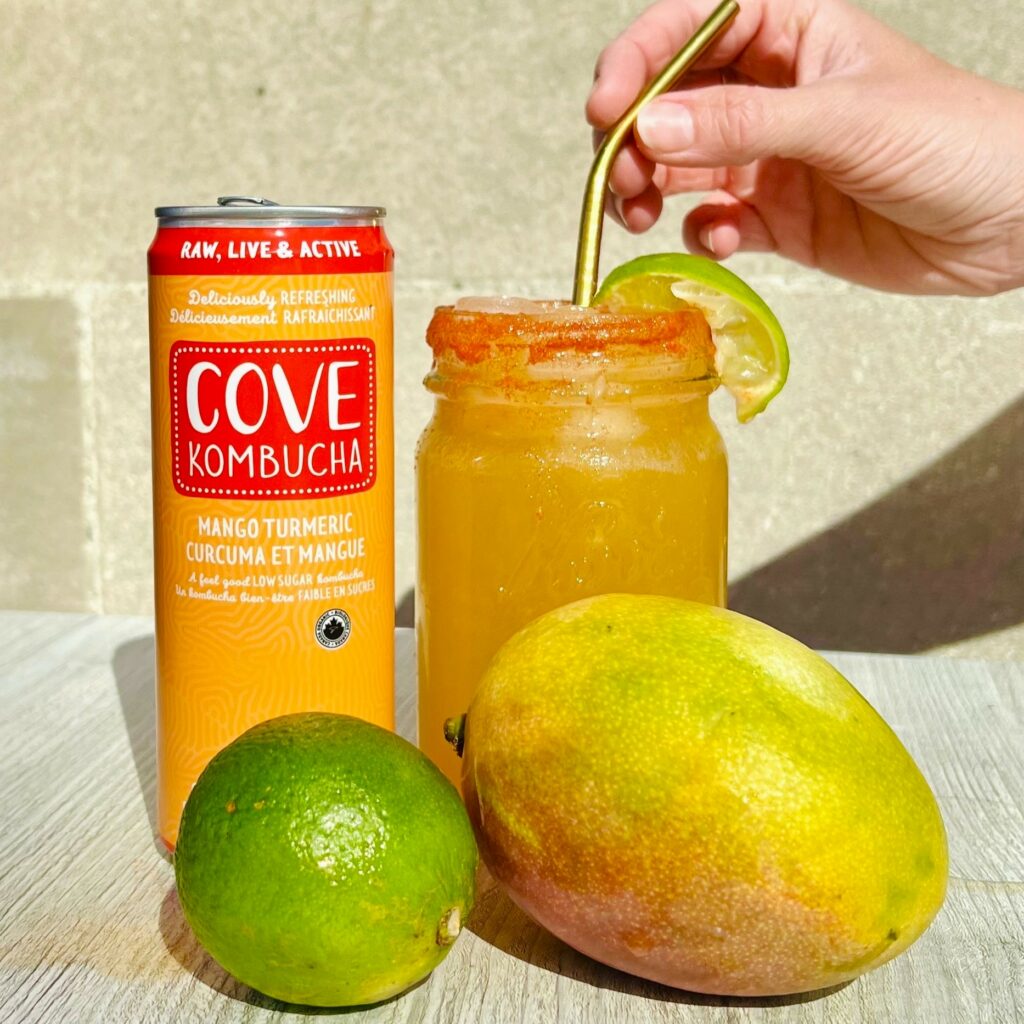Probiotics and prebiotics are major buzzwords in the health industry but most people have no idea what they are or what they do. Probiotics, like prebiotics, are promoted with claims that they provide health benefits when consumed, generally by improving or restoring the gut and intestinal flora.
Let’s start with defining what we know about probiotics first. Probiotics are a substance that stimulates the growth of microorganisms, especially those with beneficial properties. They add to your good gut bacteria and are live microorganisms.
Let’s discuss prebiotics. Prebiotics are compounds in food that induce the growth or activity of beneficial microorganisms such as bacteria and fungi. They are plant fibers that feed the good bacteria living in your gut rather than adding in bacteria. The most common example is in the gastrointestinal tract, where prebiotics can alter the composition of organisms in the gut microbiome.
Still finding it hard to tell the difference? A good way you can think about it is by comparing the two like this: Probiotics are a live organism and prebiotics are food for the live organism. They work hand in hand! The best probiotics and prebiotics come from foods and drinks. Here’s a list we have compiled of some examples:
Foods high in prebiotic fibre include:
- Legumes, beans, and peas
- Oats
- Bananas
- Berries
- Asparagus
- Garlic
- Leeks
- Onions
Foods high in probiotics include:
- Kombucha
- Sauerkraut
- Kimchi
- Kefir
- Pickled Vegetables (unpasteurized)
- Basically, anything fermented




